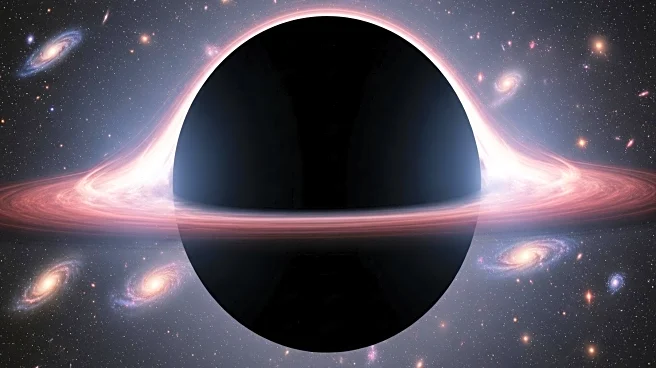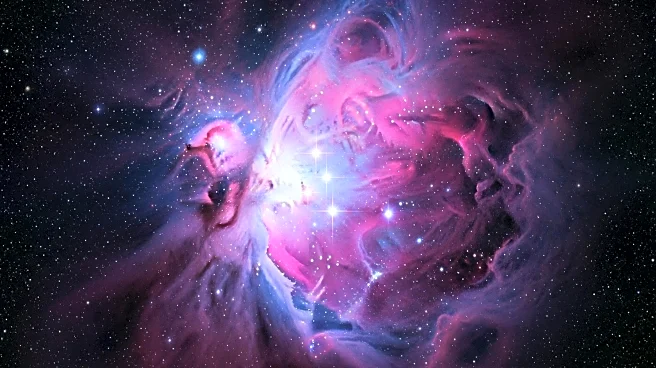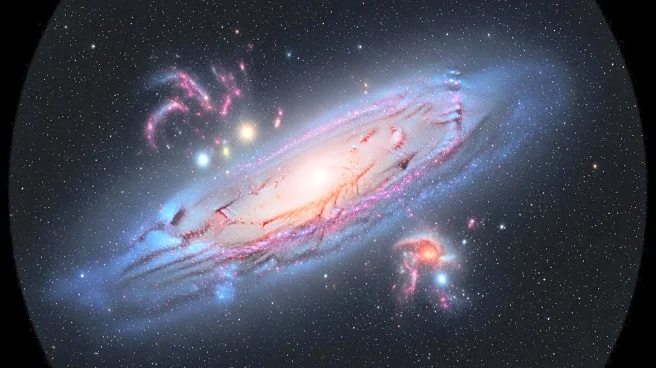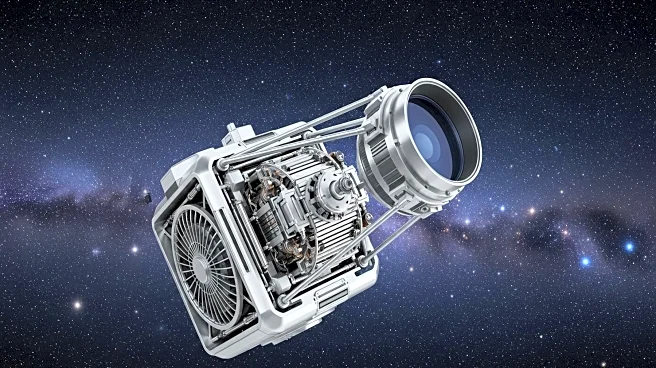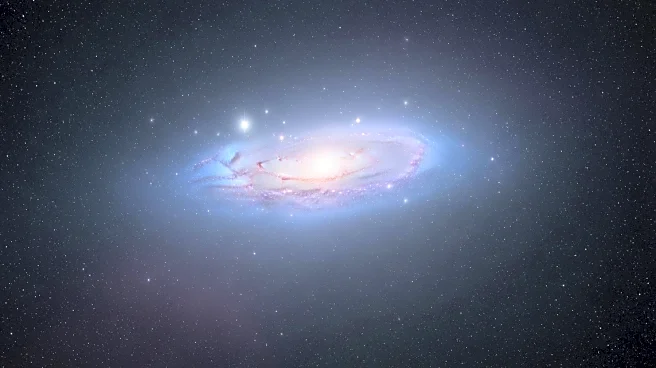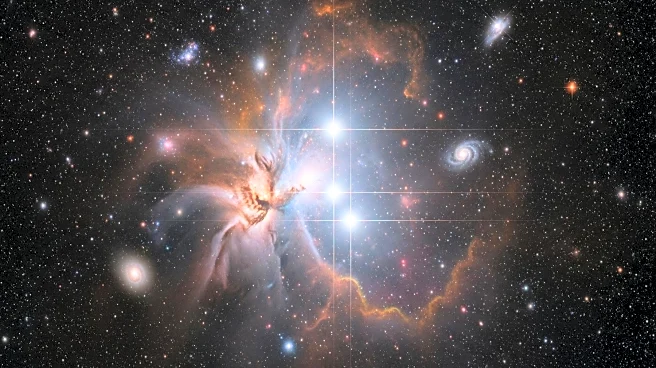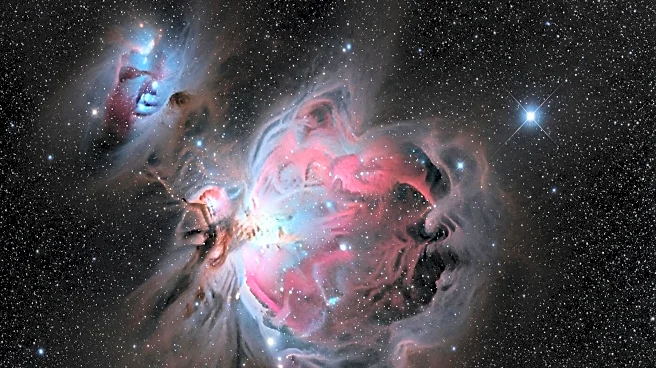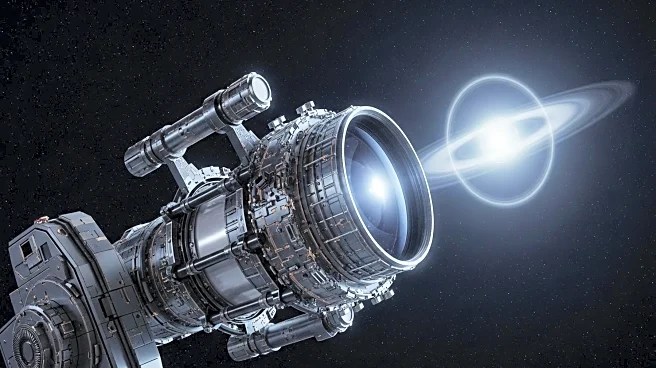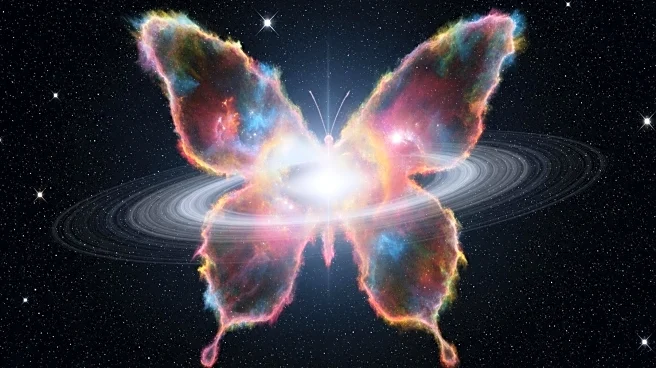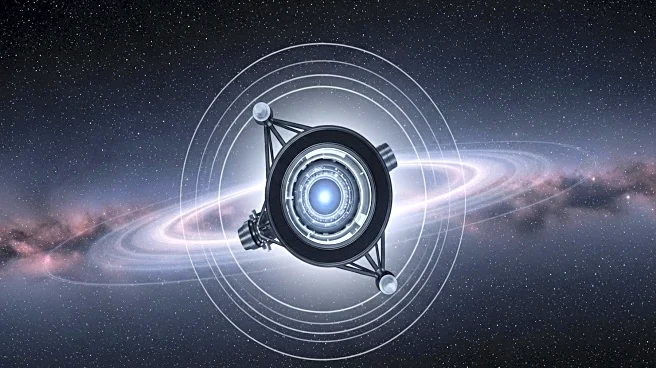What's Happening?
Astronomers using the James Webb Space Telescope have discovered dust particles traveling far from their home galaxy, Makani, surviving a journey through a harsh cosmic environment. The dust, originating from intense star formation bursts in Makani, was propelled by powerful galactic winds into the galaxy's circumgalactic medium. Despite conditions that should have vaporized the dust, much of it survived, likely protected by cooler gas pockets. This discovery provides new insights into how galaxies recycle materials and grow.
Why It's Important?
This finding is significant as it enhances understanding of galactic evolution and the cosmic recycling of matter. The survival of dust particles over such vast distances challenges existing theories about galactic environments and the lifecycle of galaxies. It suggests that galaxies are dynamic systems, constantly evolving and interacting with their surroundings. This research could impact future studies on galaxy formation and the distribution of matter in the universe, offering a new perspective on cosmic processes.
What's Next?
Future research may focus on detecting dust in the spaces between galaxies, potentially tracing journeys of a million light-years or more. Such studies could further reveal the extent of material travel in the universe and refine models of galactic behavior. The ongoing analysis of data from the James Webb Space Telescope will likely continue to uncover new aspects of cosmic phenomena, contributing to a deeper understanding of the universe.
Beyond the Headlines
The discovery raises questions about the mechanisms that allow dust to survive in extreme conditions, suggesting a need to revisit existing models of galactic environments. It also highlights the role of advanced technology, like the James Webb Space Telescope, in expanding the boundaries of astronomical research.


